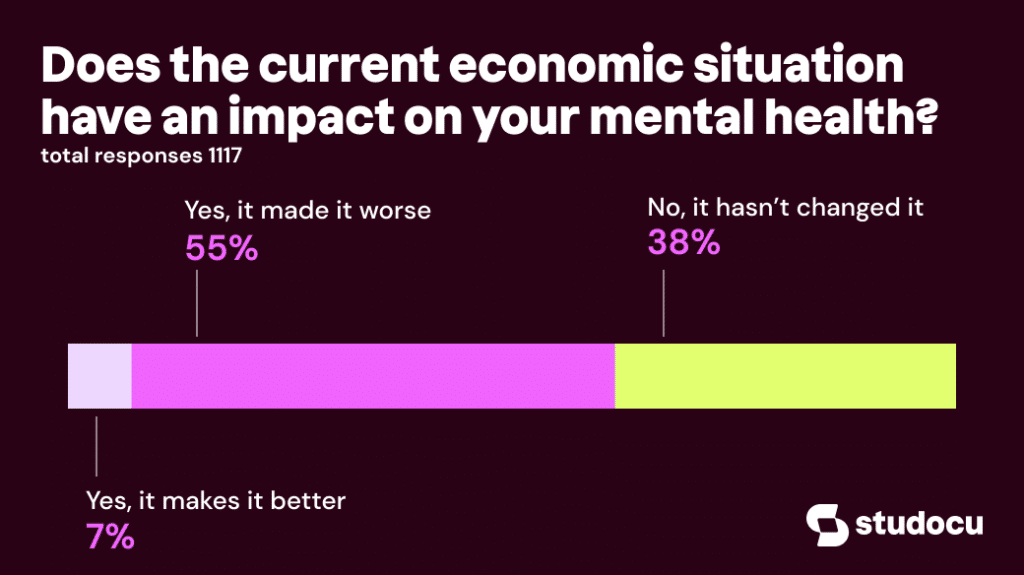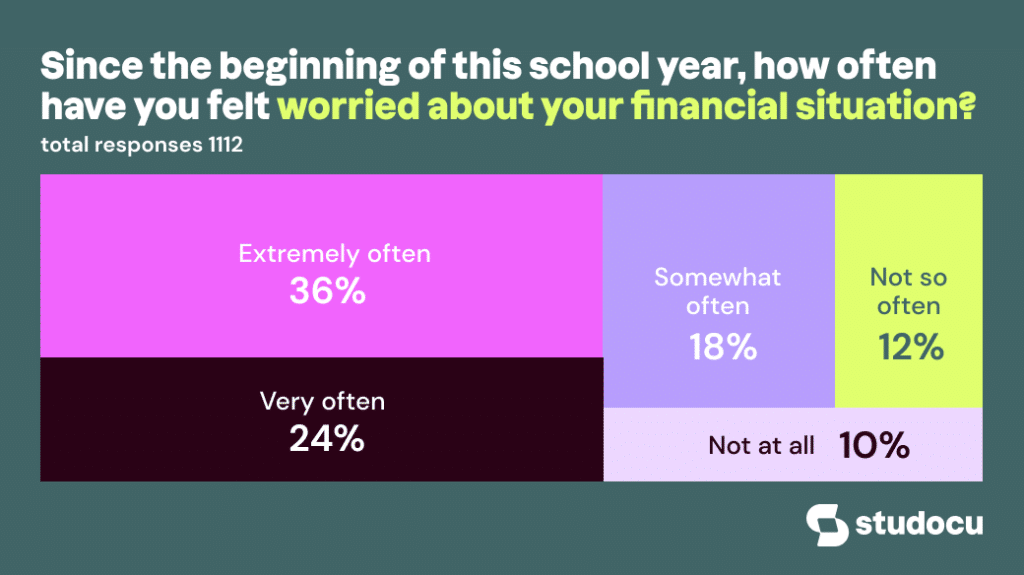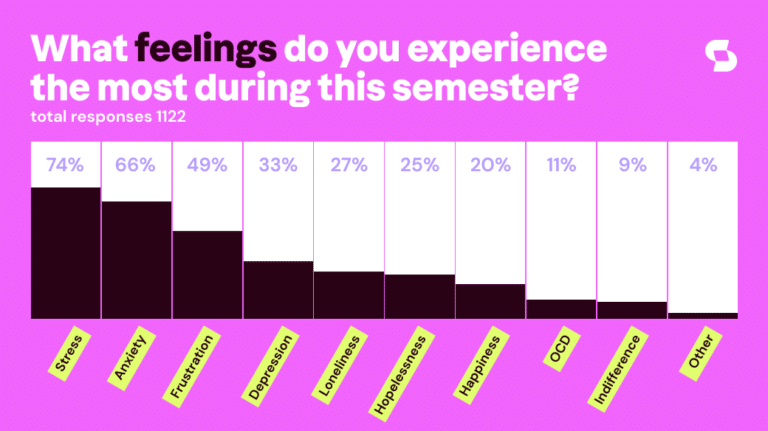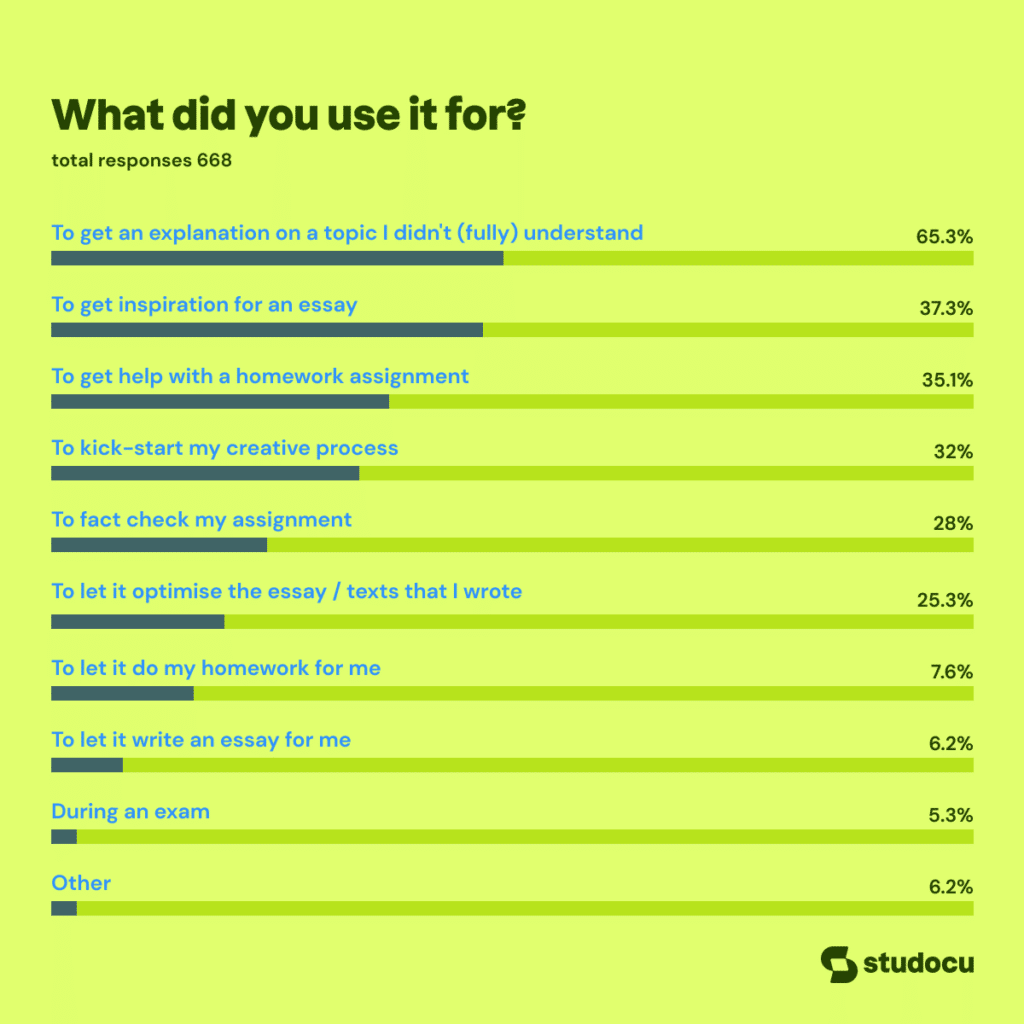In March 2020, universities around the world were thrust into a new reality: In order to continue classes, students and faculty had to adapt to distance learning. For some universities, the pandemic was a jolt into the unknown, while others were able to build upon foundations that had already been established.
In the U.S., for example, 84% of undergraduate students had transitioned some or all of their classes to online-only instruction in the spring of 2020, according to the National Center for Education Statistics. And though campuses have largely reopened since the height of that lockdown period, the trends are lasting—and many colleges worked through 2021 and 2022 to make their online learning platforms higher quality, more durable, and more inclusive. Our survey results show the lasting power of this virtual shift. Here’s a deeper look at a few countries with the highest remote learning scores among “pandemic students” (graduating between 2022 and 2026).
United States
With a possible 8.5 out of 10 among pandemic students, the U.S. has the highest remote learning score of any other country in the survey. The U.S. experienced a great leap: The number of undergraduate students taking at least one
virtual course was 97% higher in 2020 than in fall of 2019, and the number of those students exclusively enrolled in
virtual classes was up 186%. As in most countries, the digital shift wasn’t smooth for everyone; it created digital divides as some students lacked reliable internet or equipment once they could no longer access computer labs on campus. That prompted some colleges and university systems to launch widespread technology loan programs. Additionally, some colleges and education organizations partnered up to launch professional trainings to boost digital literacy among faculty.
South Africa
The country with the largest score gap between pandemic and pre-pandemic students was in South Africa (8.4 and 7.7, respectively). Many South African universities had not embraced virtual learning prior to the pandemic, so the newfound presence of a remote option may have shifted perceptions considerably. But several research studies and expert analyses have noted that the pivot to so-called Emergency Remote Teaching was uneven at best. In particular, already-existing disparities between richer and poorer students, and urban and rural students widened, risking further setbacks for students of lower socio-economic backgrounds.
Mexico
Mexico is not only highly rated among pandemic students (at 8.2 out of 10), but also among pre-pandemic students (who retrospectively scored it 8.0). This suggests that the country was poised to engage in remote learning ahead of the pandemic and that certain Mexican universities capitalized on a learning transformation that was already underway. For decades, the Mexican government and universities have pushed for ways to reach remote students, as evidenced by a 2016 summary of higher education initiatives. While pre-pandemic programs had mixed success — and socio-economic disparities were never holistically resolved—some institutions became exemplary case studies in their rapid transitions to digital learning. One of these schools was the Tecnológico de Monterrey, which had an advantage at the pandemic’s onset thanks in large part due to the school’s emphasis on remote learning in the years prior.








